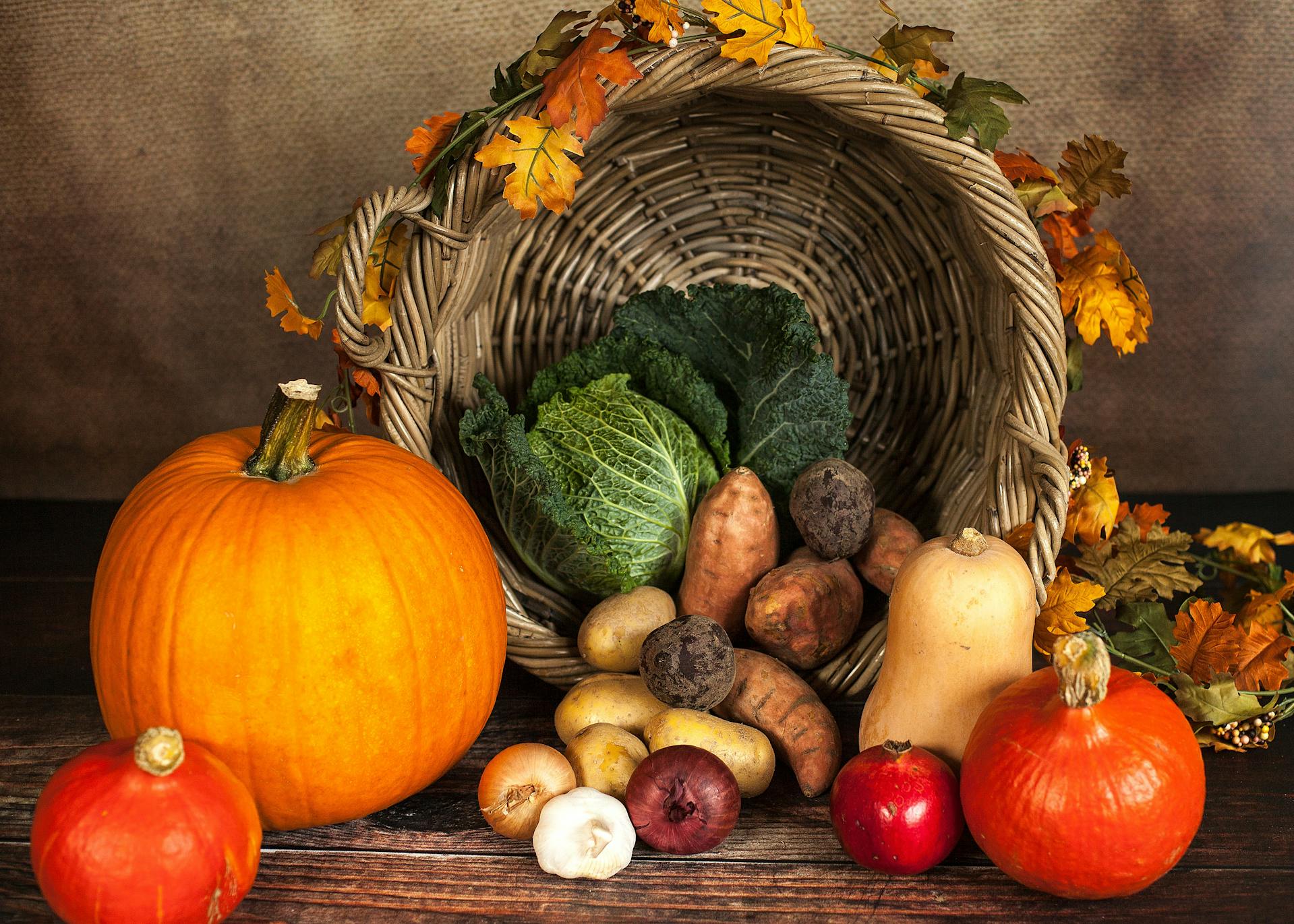
THE BEST FALL VEGETABLES FOR HEALTHY EATING (AND HOW TO USE THEM)
Are you looking to explore new recipes for this fall? If so, you’re in the right place. Whether you want to incorporate new cultural dishes or just want to make the most of seasonal ingredients, keep reading to find out the healthiest fall vegetables to add to your menu.
We’ve even included a few of our favorite recipes for you to try.
Beets
Beets often get a bad rap, but they still deserve a spot on your plate, especially during the fall season. With a variety of types to choose from, beets bring both color and nutrition to your dinner plate.
Besides the colorful beet itself, the leafy greens are also edible.
During the colder months, these foods boost your immune system with their high micronutrient levels. They are also low in calories but high in fiber, so they keep you full for longer without adding extra calories to your diet.
But the benefits don’t stop there. Beets are packed with antioxidants that help combat inflammation, supporting heart health by lowering blood pressure.
As a fall favorite, beets are also a great source of potassium and folate, which can enhance cognitive function and improve memory.
Beet recipes to try this fall:
- Beet juice drink recipe
- Chef José Andrés’ beet poke salad recipe
Leafy greens
As the weather cools down, your body may start to crave heartier meals, and leafy greens can add essential vitamins and minerals without weighing you down. These leaves are rich in vitamins A, C, and K, as well as important antioxidants and fiber, which can help boost your immune system during cold and flu season.
Additionally, many leafy greens are in season during the fall, making them fresher and more flavorful.
By including them in soups, salads, and other dishes, you not only enhance the nutritional value of your meals but also enjoy the seasonal produce that this time of year offers.
Leafy greens to incorporate into your diet this fall:
- Spinach
- Kale
- Swiss chard
- Collard greens
- Mustard greens
- Beet greens
- Arugula
Leafy green recipes to try this fall:
Squash
Squash comes in two main varieties: winter and summer. Unlike summer squash, winter squash features a tough skin that allows for longer storage. This durability means you can purchase winter squash in the fall and enjoy it throughout the winter months, making it a practical choice for meal planning.
You can prepare winter squash in various ways—roasting, mashing, pureeing into soups, or even incorporating it into baked goods. Its versatility lends itself to a wide range of delicious dishes, including savory and sweet.
Popular winter squash varieties include:
- Butternut Squash
- Acorn Squash
- Spaghetti Squash
- Pumpkin
- Kabocha Squash
- Delicata Squash
- Hubbard Squash
Squash recipes to try this fall:
Brussels sprouts
I know that convincing everyone at Thanksgiving dinner to eat their Brussels sprouts would be impossible. However, they consistently make the list of superfoods for some very good reasons.
Brussels are a cruciferous vegetable and belong to a family called Brassicaceaea. Like their cruciferous relatives, such as broccoli, cauliflower, and kale, Brussels sprouts are packed with an impressive array of vitamins, minerals, and antioxidants.
This popular side dish doesn’t have to be reserved for just special occasions, as regular consumption of cruciferous vegetables has been linked to a stronger immune system, helping our bodies fend off illnesses more effectively.
Brussels sprouts recipes to try this fall:
Sweet potatoes
Sweet potatoes are root tubers, distinct from other root vegetables like carrots. They are nutrient-rich, storing essential vitamins and minerals in their bulb-like roots.
While often confused with yams, true yams differ significantly in appearance and taste. Sweet potatoes come in various colors, including orange, purple, yellow, and white, each offering unique nutritional benefits.
Celebrated as one of nature’s greatest gifts, sweet potatoes are beloved for their natural sweetness, versatility, and ease of preparation. They pair well with a wide array of ingredients and can be enjoyed at any meal, whether as fries, in stews or as part of desserts.
Sweet potatoes are renowned for their high vitamin A content, primarily as beta-carotene. Beta-carotene helps maintain good vision and protects against eye damage. Antioxidants in sweet potatoes may improve cognitive function and reduce the risk of neurodegenerative diseases.
Sweet potatoes can be prepared in numerous ways, including roasting, boiling, and baking, each method influencing nutrient retention.
Sweet potato recipes to try this fall:
The post The best fall vegetables for healthy eating (and how to use them) appeared first on The Manual.
2024-09-19T13:09:17Z dg43tfdfdgfd